
The Pagani Zonda was undoubtedly one of the most spectacular hypercars of the 2000s, but beneath its extravagant Italian curves sat solid German engineering: an engine straight from Mercedes’ in-house skunk works, AMG.
To some degree, the Zonda's success can be chalked up as one of the many victories of legendary driver Juan Manuel Fangio. The Argentinian not only assisted with early development of the car’s chassis, but he also suggested a partnership with AMG to founder Horacio Pagani. Arriving on the market at around the same time as similarly left-field hypercars such as the Spyker C8 and Koenigsegg CC family, the Zonda C12 boasted a 6.0-litre V12 producing 389bhp. Despite the significant price tag, the prospect of extrovert Italian styling twinned with German engineering generated enough interest to warrant the development of subsequent models.
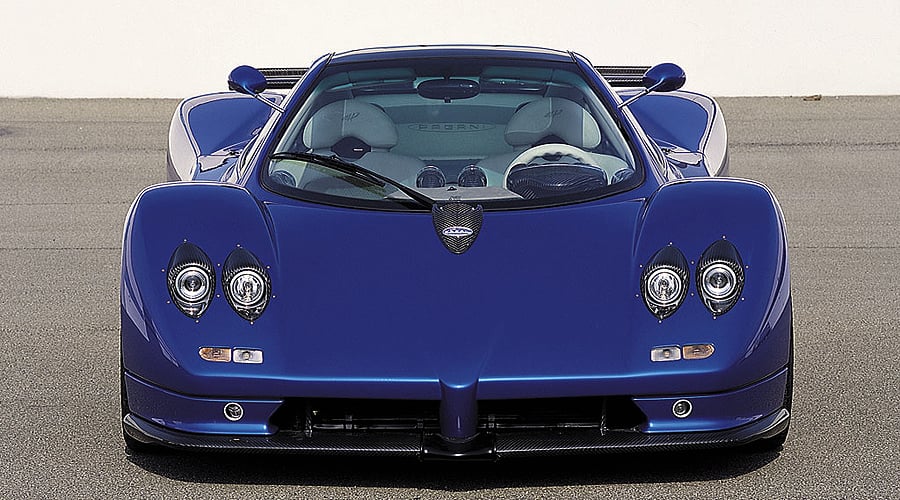
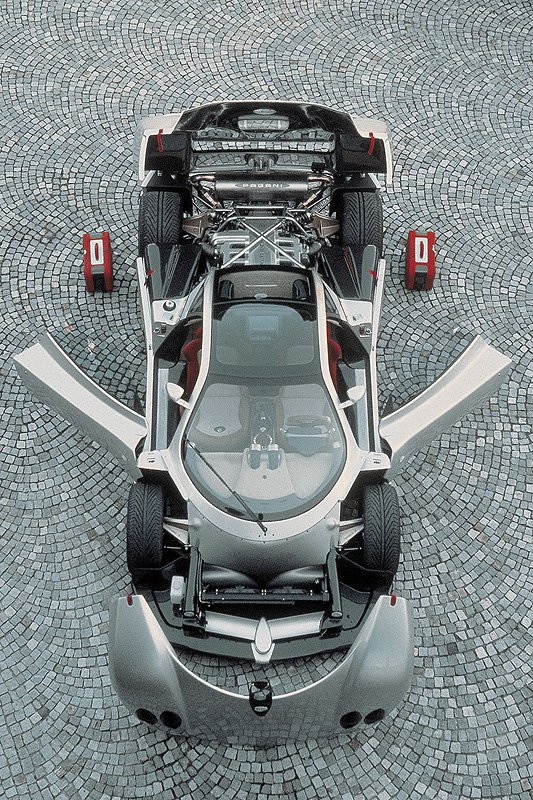
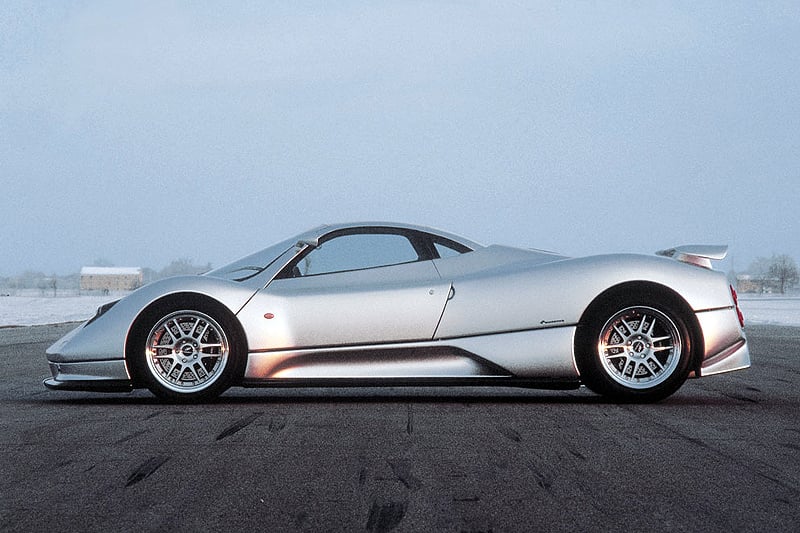
Now with a 7.0-litre capacity, the Zonda S produced 540bhp and could sprint to 62mph in 3.7 seconds and on to 100mph in 7.5 seconds. There were some subtle tweaks to the styling and aerodynamics, but soon afterwards came a version of the S bored out to 7.3 litres – also used for the first convertible variant. Performance rose again by a small increment, but the additions of traction control and ABS were very welcome.
AMG again wrung more power from the 7.3-litre V12 for the extensively re-engineered Zonda F (the ‘F’ being a subtle tribute to the late Fangio), and thanks to revised intake manifolds, a new exhaust (still retaining the quirky four-pipe design) and updated ECU settings, it now produced just shy of 600bhp. Production was limited to 50 units, split evenly between coupé and roadster configurations. The ultimate iteration of the Zonda, known simply as the ‘R’, was produced as a track-only car to theoretically battle specials such as the 599XX – and it duly undercut the Ferrari’s Nordschleife lap record with a time of 6:47.5.
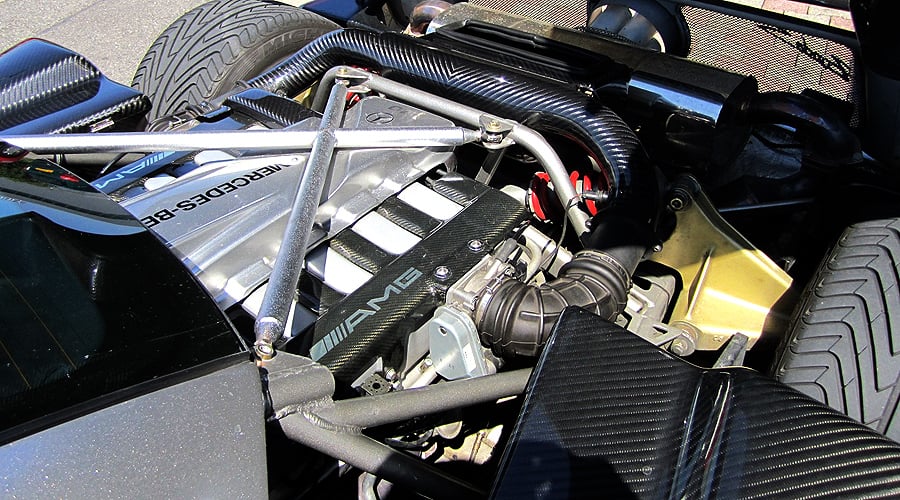
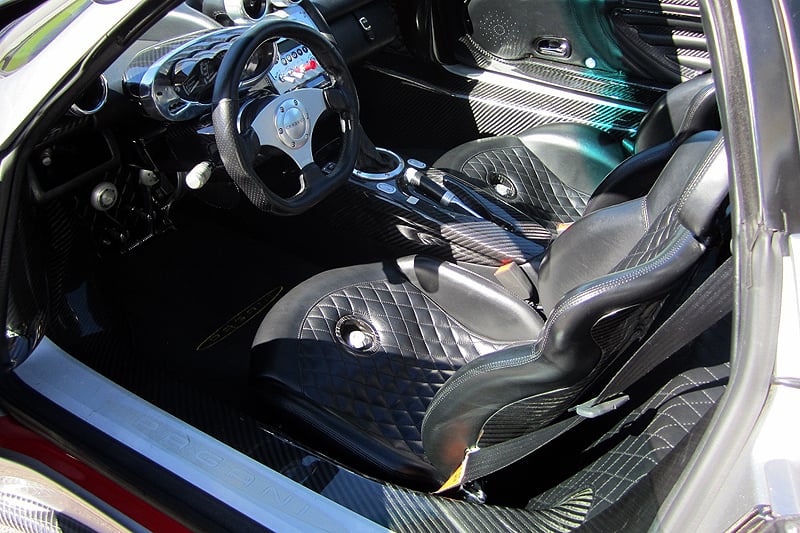
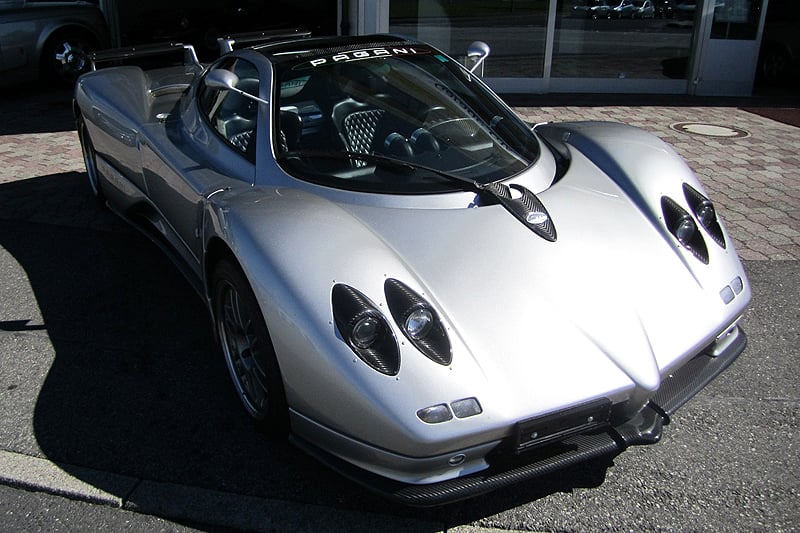
Hong Kong-based Classic Driver dealer SPS Automotive Performance asked Pagani to honour this feat by producing five ‘Cinque’ Zondas, costing a cool million euros plus local taxes. The swift take-up of these led to the production of five Cinque Roadsters, offering the same 669bhp as the roofed version.
It wasn’t only the extravagant shape and bellowing V12 that made the Zonda so special. It also had one of the most remarkable cockpits: carbonfibre, wood, polished aluminium and leather all met in a strikingly detailed manner; the pedals, for example, were a work of art in themselves.
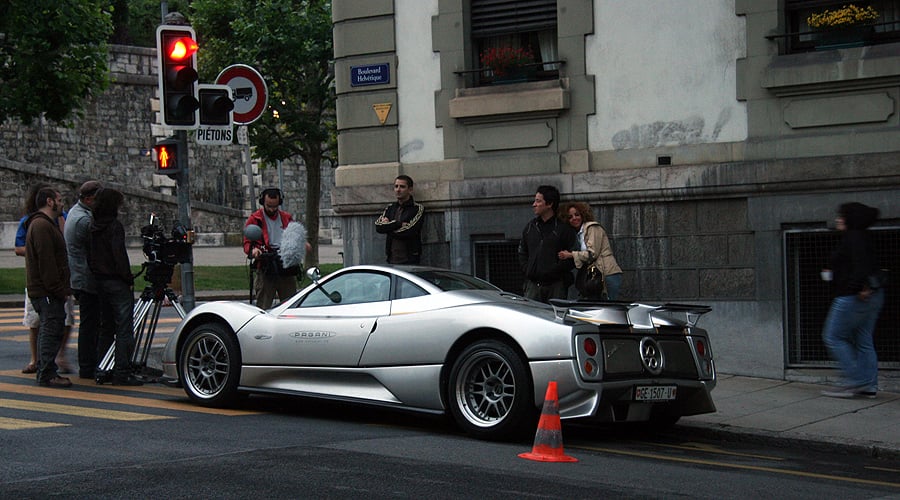
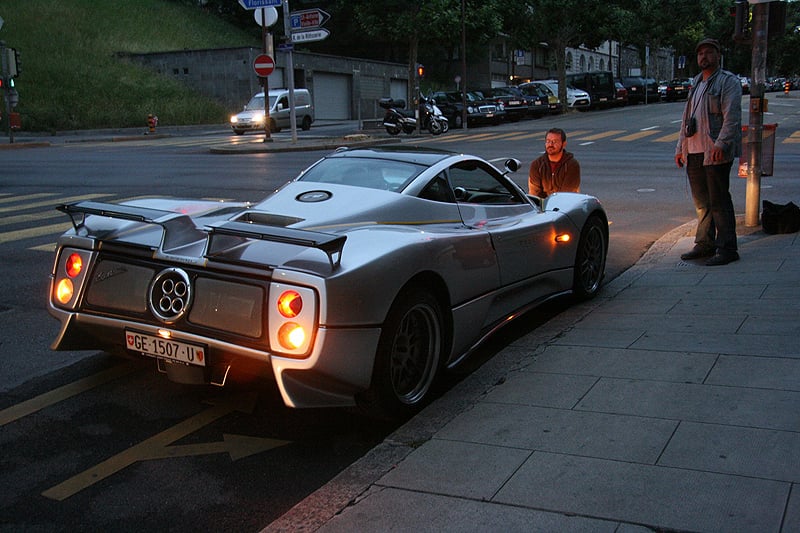
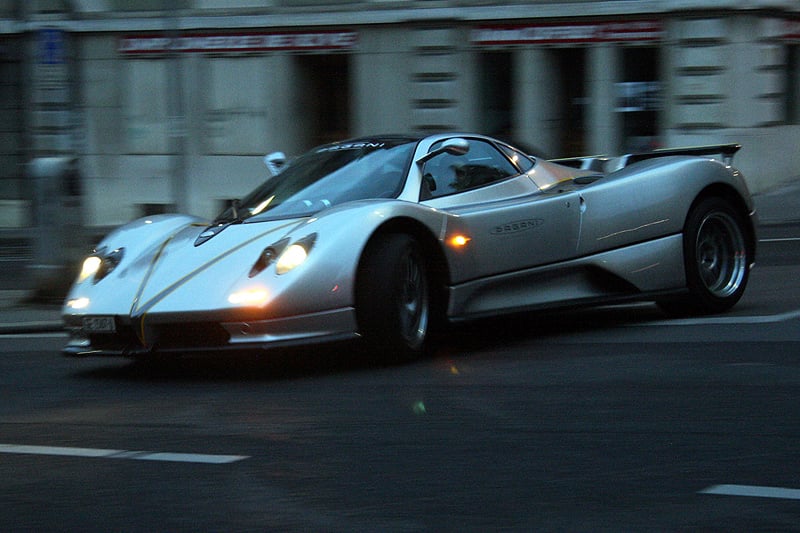
After almost a dozen years on sale, the Zonda was replaced in 2011 by the Huayra, which again uses propulsion from the AMG division. The AMG V12 has been retained (athough this time in 6.0-litre, twin-turbo guise) but the overall price has now crept past a million euros – so at approximately half that price, you can see why an early Zonda would be attractive. After all, it’s probably the only AMG-equipped car whose body is so special that it seizes all the usual attention given to such a thunderously capable engine.
|
Related Links The silver car shown above on the film set is currently being sold by Carugati Automobiles SA You can find the rest of the dealer's inventory in the Classic Driver Marketplace |
Text: Jan Richter
Photos: Pagani Automobili, Carugati Automobiles SA










